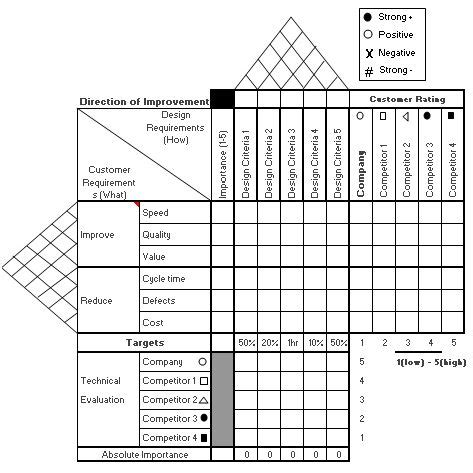
requirements management and quality functional deployment
Introduction to Requirements Management and QFD Requirements management is a critical process in product development that involves identifying, documenting, analyzing, prioritizing, and tracking requirements throughout[…]

requirements and implications aspice auto software developer certification 0
Introduction In the automotive industry, software development has become increasingly crucial as vehicles continue to integrate more advanced technologies and features. To ensure the quality,[…]

remote bom access makes work easy hitting button
The Benefits of Remote BOM Access Remote access to BOMs offers numerous benefits for businesses of all sizes. Some of the most significant advantages include:[…]
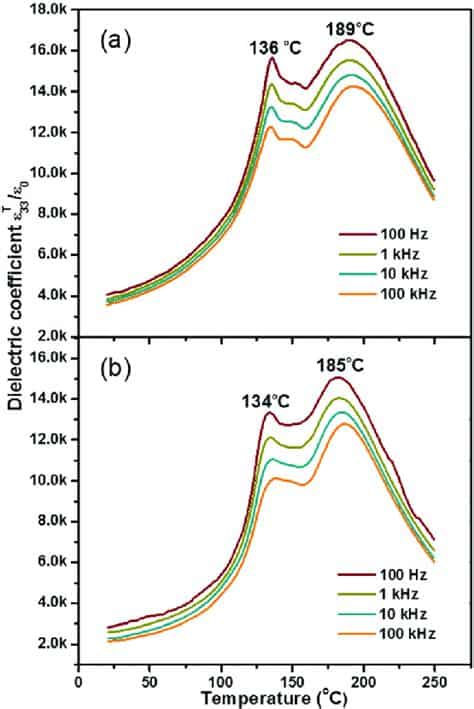
relative permittivity pcb substrates high k or low k dielectrics
Introduction to Dielectric Permittivity Dielectric permittivity, also known as relative permittivity or εr, is a crucial property of insulating materials used in printed circuit boards[…]

reflectionless matching vs conjugate matching apparent contradiction
Introduction to Impedance Matching Impedance matching is a crucial concept in electrical engineering, particularly in the design of high-frequency circuits and systems. It involves the[…]
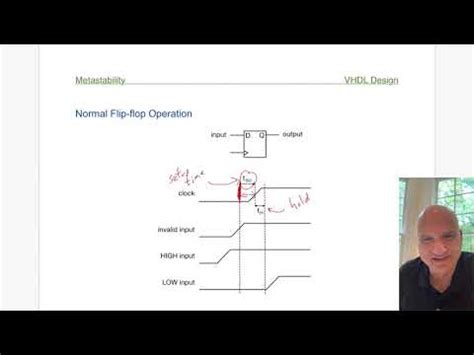
reducing metastability in fpga designs
Understanding Metastability in FPGAs Metastability is a phenomenon that occurs in digital systems when a signal is sampled at the exact moment it is transitioning[…]
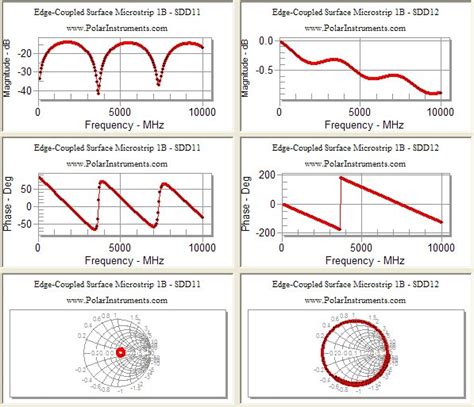
PCB transmission line principle
Introduction to PCB Transmission Lines Printed Circuit Boards (PCBs) are essential components in modern electronic devices, enabling the interconnection of various components and facilitating signal[…]
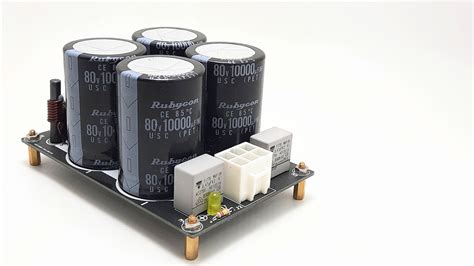
PCB Trace to Plane Capacitance Formula
Introduction to PCB Capacitance Printed Circuit Board (PCB) design involves many crucial aspects, one of which is managing the capacitance between traces and planes. Understanding[…]

rf trace taper
Introduction to RF Trace Taper In high-frequency printed circuit board (PCB) design, the concept of trace taper plays a crucial role in ensuring optimal signal[…]

rf technologies for low power wireless communications ambient backscatters
Introduction to Ambient Backscatters Ambient backscatter is an emerging technology that enables ultra-low power wireless communication by leveraging existing radio frequency (RF) signals in the[…]